In recent times, Bac Giang province has focused on promoting the development of linkage models according to the production value chain to increase productivity and quality of crops and livestock, increase product value, gradually increase farmers' income, and contribute to the sustainable development of agriculture and rural economy.

Variety of affiliate models
In recent years, agricultural production in the province has had clear changes, with many joint venture and association models in production, contributing to improving productivity and product quality, stabilizing product output, increasing income for farmers, and creating a strong link between farmers and businesses.
A typical model of producing yellow sticky rice varieties of Thai Son Cooperative (Hiep Hoa district), through the linkage model, members of the cooperative are regularly trained, consulted, supported with science and technology by specialized agencies, expanding product brands, building OCOP products, expanding consumption markets and linking production to develop products... Up to now, Thai Son Cooperative has expanded the area of growing yellow sticky rice to more than 60 hectares, with the participation of 646 households; the total sticky rice output of the commune is about 250 tons/year, with economic efficiency of 4.6 billion/ha. The yellow sticky rice product has good quality, ensures food hygiene and safety, and is consumed in the markets of provinces such as: Bac Giang, Hanoi, Hai Phong, Quang Ninh...
To promote cooperation in production and consumption, and better promote Thai Son yellow sticky rice products, Mr. La Van Trong - Chairman of Thai Son Farmers' Association hopes that sectors and levels will continue to support capital, technology, and output linkage for products... contributing to promoting production in the direction of cooperation, linking value chains, and gradually improving the quality of Thai Son yellow sticky rice products.
In addition to the model of producing yellow sticky rice varieties of Thai Son Cooperative, in Hiep Hoa district, farmers are also supported and implemented many models according to the chain linkage such as: Pig farming and processing model of Binh Minh Organic Agriculture Cooperative (Danh Thang commune) with a scale of 10 hectares, economic efficiency of 42 billion/year; fish farming model of Trung Son aquaculture cooperative (Thai Son commune) with a scale of 10 hectares, output of 5 - 6 tons/ha, economic efficiency of 1.7 billion VND/ha... In addition, there are collective economic models with high economic efficiency such as: Model of growing water celery and raising fish in Hoang Luong commune with a scale of 185 hectares, with 1,600 farmer households participating, output of 130 - 150 tons/ha, income of 800 million VND/ha; Chau Minh clean vegetable growing model of Phuc Lam High-tech Agricultural Cooperative, scale 4,000 m², economic efficiency 300 million VND/year;.…

Promoting natural advantages, in recent years, Yen The district has also developed many agricultural economic models according to the value chain, taking advantage of hill gardens and forest gardens to develop livestock farming, especially chicken farming. In 2011, Yen The hill chicken was granted a certificate of exclusive protection trademark by the Intellectual Property Office (Ministry of Science and Technology). Up to now, Yen The is the locality with the largest poultry herd in the province (over 4 million chickens). The district has formed many concentrated chicken farming production areas in communes such as: Dong Tam, Dong Ky, Canh Nau, Tien Thang, Tam Hiep, Tam Tien... with nearly 4 thousand households raising chickens regularly.
In particular, Yen The Green Agriculture Cooperative must be mentioned . In 2023, Yen The Green Agriculture Cooperative applied automatic production line technology, cell freezing of the Institute of Agricultural Electromechanics and Post-harvest Technology (VIAEP) to develop a chicken farming model according to the value chain. On average, each month, the Yen The Green Agriculture Cooperative chain supplies the market with 25-30 tons of feathered chicken, more than 20 tons of chicken meat, chicken ham, chicken sausage, all with traceability stamps; total annual revenue is up to 7 billion VND. The product "Yen The Hill Chicken" meets market demand, is interested by authorities and people to develop in depth, high quality, linking production with preliminary processing, processing and product consumption, contributing to increasing value and income for people.
It can be seen that, implementing the Project on restructuring the provincial agricultural sector in the period of 2021-2025, with a vision to 2030, up to now, many large-scale commodity production areas have been formed in the province such as: Lychee production areas according to VietGAP and GlobalGAP standards in Luc Ngan, Tan Yen and Luc Nam districts with a scale of over 15,000 hectares; quality rice production areas with a scale of over 45,000 hectares concentrated in Yen Dung, Lang Giang and Tan Yen districts, Viet Yen town ; safe vegetable production areas applying high technology of Yen Dung clean vegetable cooperative with a scale of over 80 hectares; concentrated flower and ornamental plant production areas with a scale of over 30 hectares in Bac Giang city...
Thereby, creating conditions for localities to implement chain production models, bringing high economic efficiency. Up to now, the whole province has implemented 86 production chains, linked with product consumption between farmers and enterprises and cooperatives. Of which, the cultivation sector has 51 chains, the livestock sector has 10 chains, and the aquaculture sector has 25 chains.

Removing difficulties, increasing the value of agricultural products
In order to develop chain production models, in recent years, the province has focused on restructuring the agricultural sector, planning concentrated commodity production areas according to the strengths of each locality. In particular, the province has issued many policies and projects to develop agricultural production linked to the value chain. Including policies to support linkage in production and consumption of agricultural products according to Resolution No. 44/2020/NQ-HDND dated December 9, 2020 and Resolution No. 27/2023/NQ-HDND dated July 14, 2023 amending and supplementing a number of articles of Resolution No. 44/2020/NQ-HDND dated December 9, 2020 regulating policies to support linkage and consumption of agricultural products in Bac Giang province. The proposed policy is an important bridge between farmers, cooperatives and enterprises to innovate, maintain and develop production models in the direction of linkage, creating favorable conditions for strong development of production, processing and consumption chains of key agricultural products which are the province's strengths.
Through assessment, participating in the linkage chain, people not only consume products at stable and safe prices, but the value obtained from the linkage models is also higher than traditional production, limiting the situation of good harvest and price loss. At the same time, businesses also take the initiative in sourcing raw materials, product quality is managed and brought into the supermarket chain and retail system in provinces and cities across the country.
However , according to the provincial Department of Agriculture and Rural Development, currently, the number of value chain linkages in agriculture is not commensurate with the province's potential . The value of agricultural, forestry and fishery products produced under the forms of cooperation and product consumption linkages only reaches below 20% .

Part of the reason is that the implementation of policies to support the development of agricultural production , production linkage and consumption of agricultural products in the chain still faces many difficulties and shortcomings . Specifically, the regulations on the scale of linkage in the chain are not suitable for the conditions of the province; the proportion of counterpart capital is high , while the capacity of enterprises and cooperatives is low, so participation is not encouraged . Or the regulations on long linkage time (from 3 to 5 years), while the mechanism for management, supervision and recovery of capital has supported ineffective projects/plans . Along with that, some credit policies to support enterprises and agricultural cooperatives are still strict, with complicated procedures and difficult to access...
The leaders of the provincial Department of Agriculture and Rural Development said that agricultural commodity production linked by value chains is the right policy to develop agricultural production towards increasing added value, efficiency and sustainability.
To effectively implement policies to support the development of agricultural production linking production and product consumption, in the coming time, localities need to further strengthen the propaganda and dissemination of Resolutions on agricultural support policies to enterprises, cooperatives, households, individuals, and policy beneficiaries to understand the policies and register for state support needs.
Party committees and authorities at all levels strengthen leadership and direction in implementing production linkages in agriculture at the local level. In fact, wherever Party committees and authorities pay attention, the linkage between production and product consumption achieves high results. Strengthen and improve the operational efficiency of agricultural cooperatives.
Continue to implement policies to support agricultural cooperatives such as sending young workers to work at cooperatives according to Resolution No. 14/2023/NQ-HDND dated April 5, 2023 of the Provincial People's Council. Mobilize resources to develop agricultural and rural infrastructure to meet the requirements of large-scale concentrated agricultural production.
Create a favorable and equal environment for businesses and economic sectors to invest in rural agricultural development, prioritizing investment in high-tech agricultural production and processing and preserving agricultural and forestry products. Encourage the development of clean agriculture, organic agriculture, and high-tech agriculture to meet market demand and serve tourism. Enhance the application of science and technology, mechanization, implementation of advanced technical processes, digital transformation and sustainable intensification measures in agricultural production./.
Nguyen Mien
Source: https://bacgiang.gov.vn/chi-tiet-tin-tuc/-/asset_publisher/St1DaeZNsp94/content/bac-giang-phat-trien-cac-mo-hinh-san-xuat-nong-nghiep-lien-ket-theo-chuoi-gia-tri


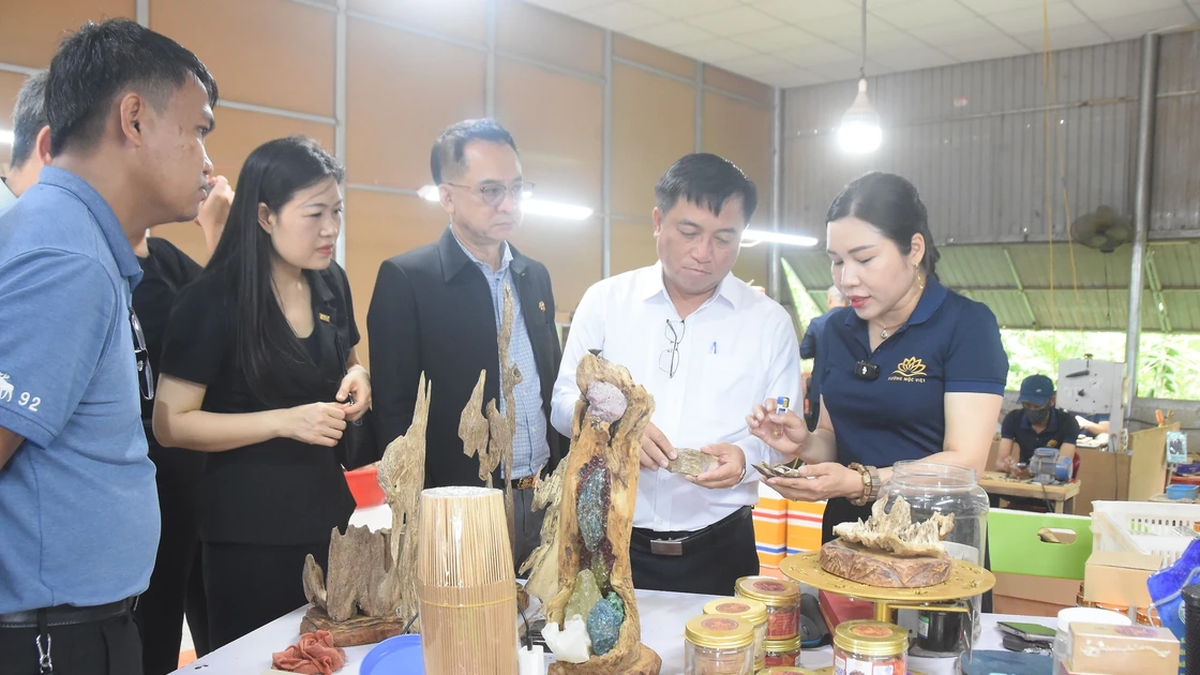
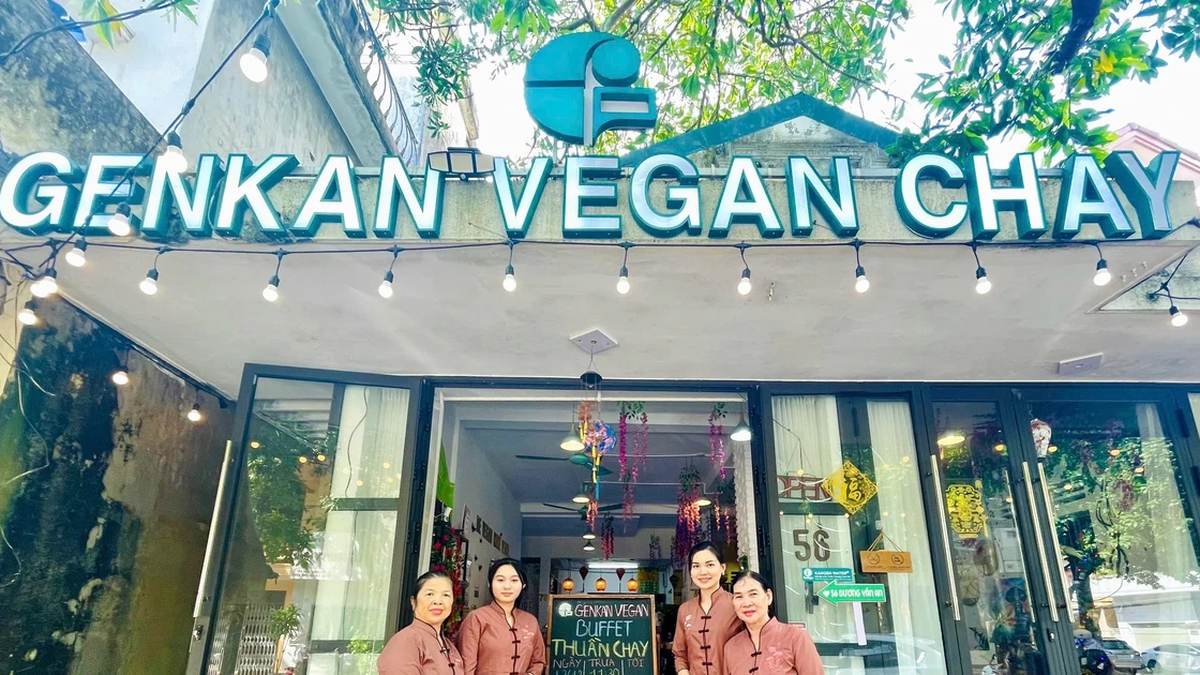



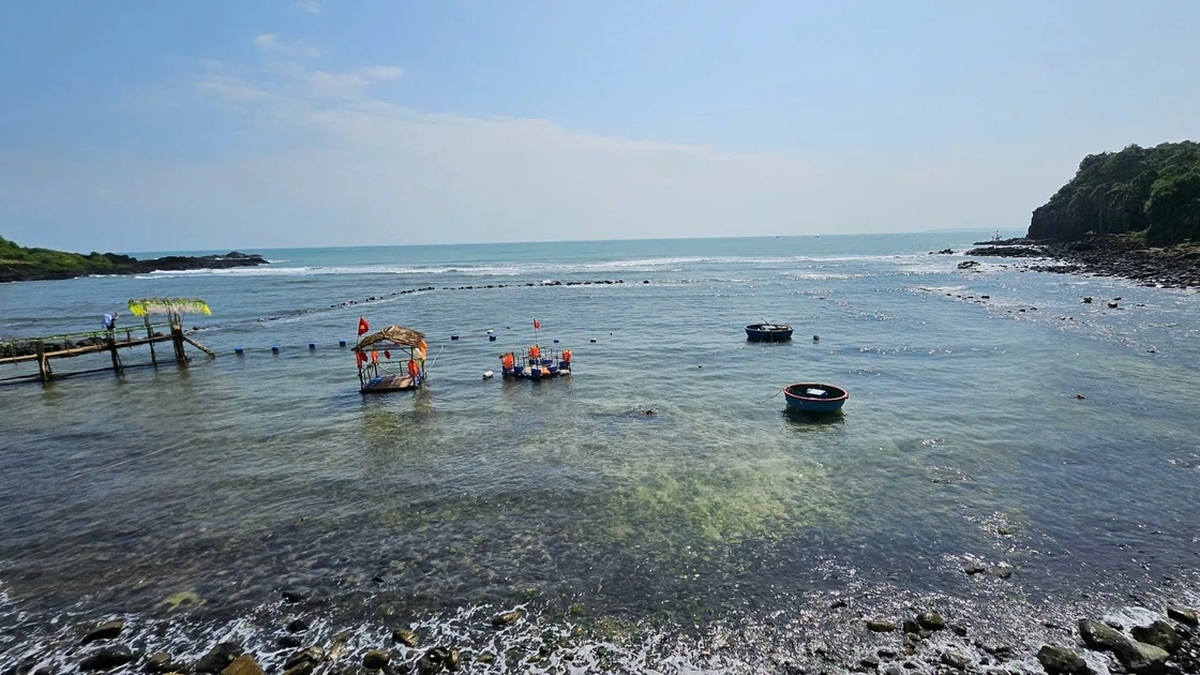
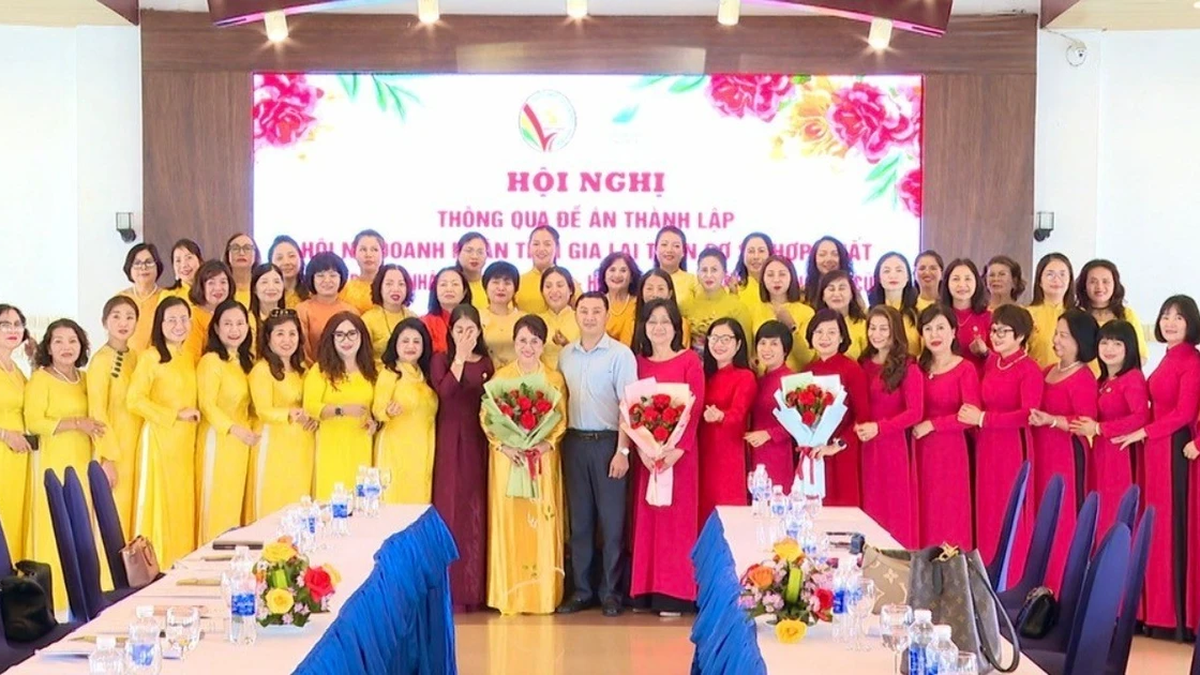
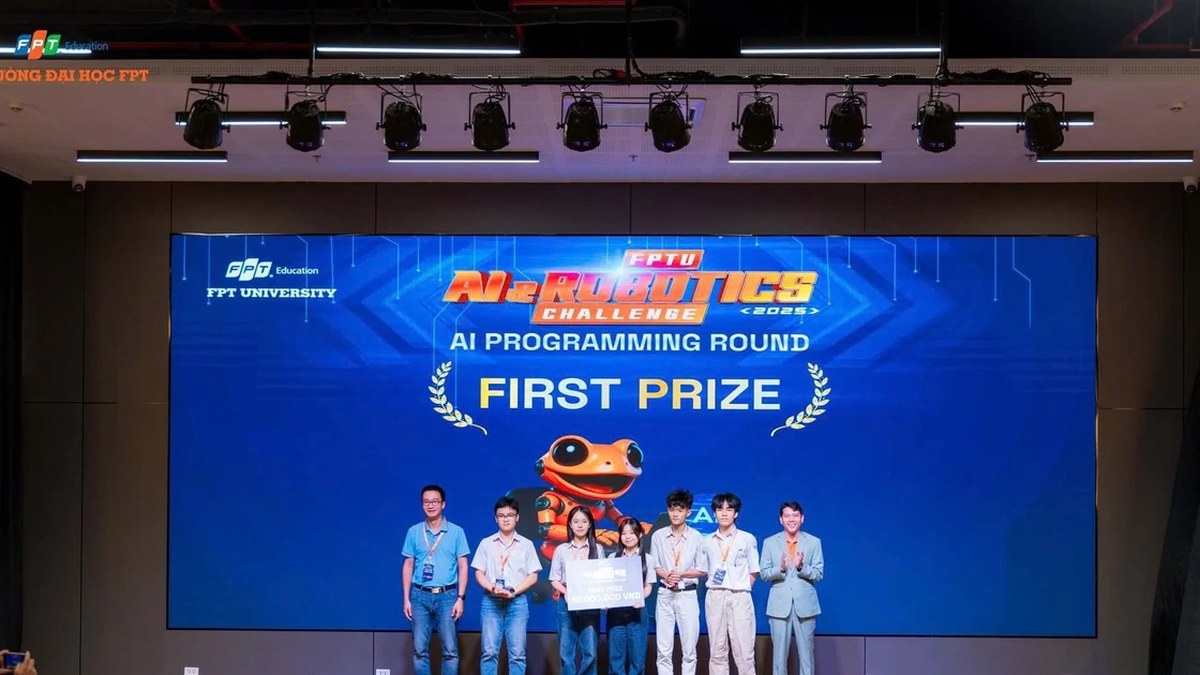

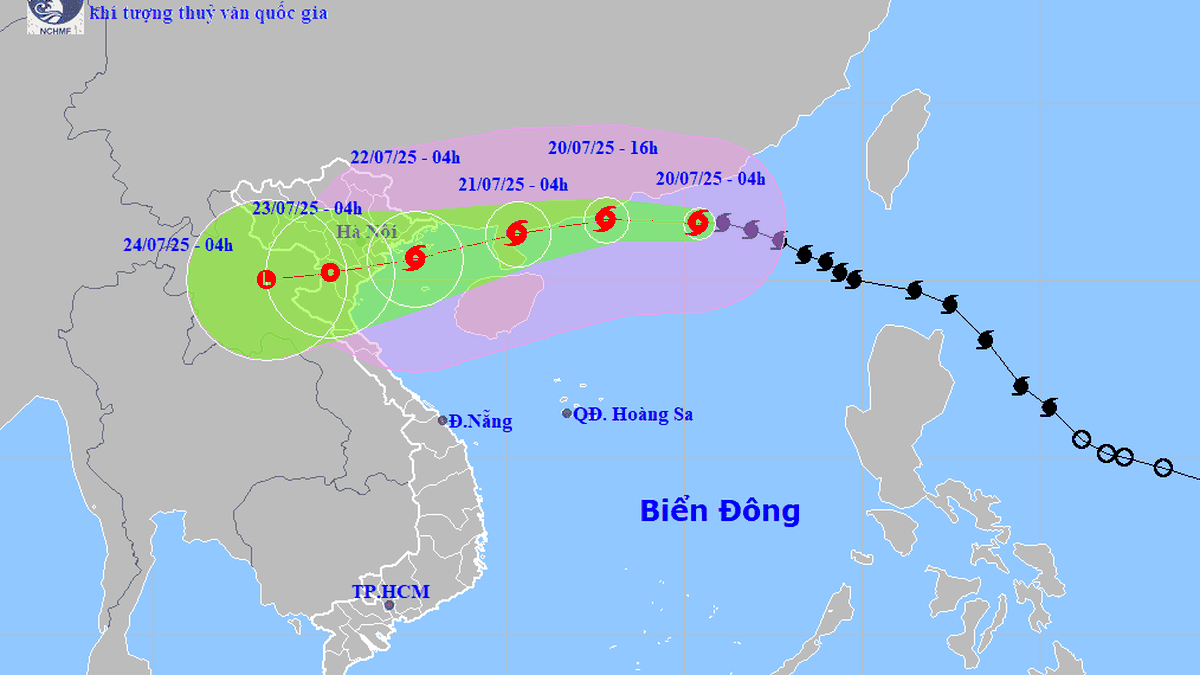





















































































Comment (0)